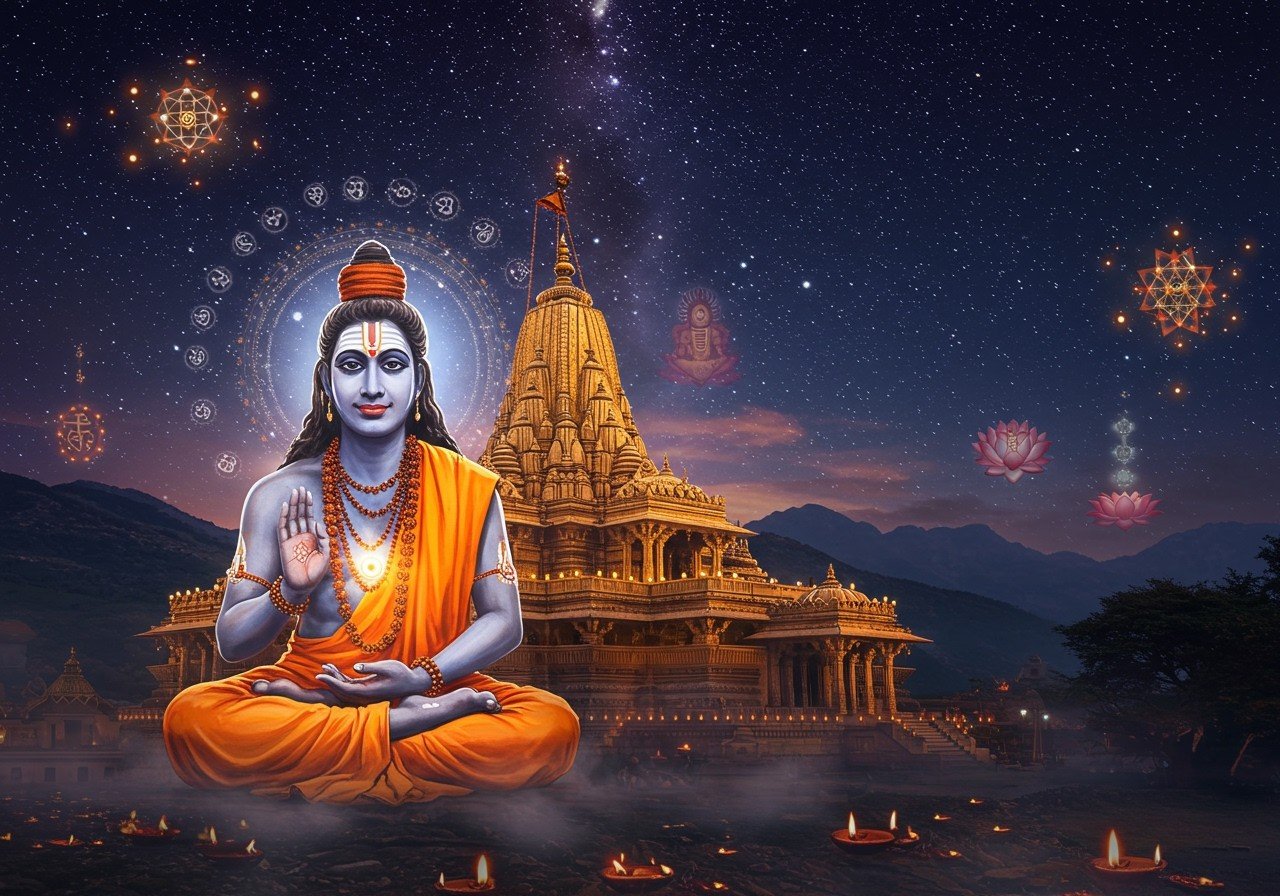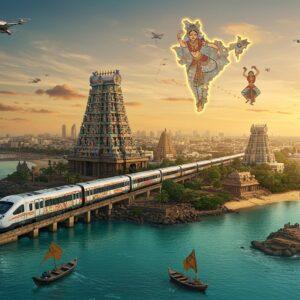
Gorakshanath, also known as Gorakshanath, holds a revered position in Indian spirituality as a yogi, saint, and mahasiddha. He founded the Nath Hindu monastic movement around the 11th century and is considered one of the two main disciples of Matsyendranath. His followers are known as Jogis, Gorakhnathis, Darshanis, or Kanphatas. This exploration delves into his life, teachings, and enduring legacy.
A Journey Through Time: Gorakshanath’s History
-
Time Period: Gorakshanath is believed to have lived during the early 11th century CE, with some sources placing him between the 9th and 12th centuries. This period marked a significant era for spiritual and philosophical development in India.
-
Lineage: A disciple of Matsyendranath, the first human guru in the Nath tradition, Gorakshanath carried forward and expanded upon his guru’s teachings, shaping the Nath Sampradaya. He built upon the foundation laid by his predecessor, contributing his own unique insights and practices.
-
Conversion: Historical accounts suggest that Gorakshanath was initially a Buddhist in a region with strong Shaivite influences. His subsequent conversion to Hinduism marked a turning point, leading him to champion Shiva and Yoga. This transition reflects the dynamic interplay of religious and philosophical ideas during his time.
-
Travels: Legends tell of Gorakshanath’s extensive travels throughout India and even to foreign lands. These journeys allowed him to interact with diverse cultures and spiritual figures, enriching his understanding and broadening his influence. He is said to have met with numerous scholars, saints, and rulers, exchanging ideas and spreading his teachings far and wide.
-
Influence: Gorakshanath’s influence extended to prominent figures like Kabir and Guru Nanak, whose poetry references his power and large following. His teachings resonated with people from various backgrounds, solidifying his place as a respected spiritual leader. The impact of his ideas can be seen in the writings and teachings of subsequent spiritual figures.
-
Legacy: Gorakshanath is credited with spreading the practice of yoga throughout India. Monasteries and temples dedicated to him stand in numerous states, notably in Gorakhpur, Uttar Pradesh, where the Gorakhnath Math serves as a significant center for the Nath Sampradaya. His legacy continues to inspire spiritual seekers and practitioners of yoga to this day.
The Essence of Gorakshanath’s Teachings
-
Yoga and Self-Liberation: Gorakshanath emphasized yoga, spiritual discipline, and ethical conduct as paths to Samadhi, or liberation. He believed that through dedicated practice and mindful living, individuals could attain a state of spiritual enlightenment. This focus on self-realization remains a core principle in his teachings.
-
Emphasis on Practice: Prioritizing the search for truth and spiritual experience, he considered metaphysical debates about dualism and nondualism as practically unproductive. He encouraged followers to focus on direct experience and self-discovery rather than getting entangled in intellectual arguments.
-
Nath Sampradaya: As the founder of the Nath Sampradaya, he integrated elements of Shaivism, Buddhism, and Hatha Yoga. This synthesis created a unique spiritual tradition that emphasizes both physical and mental discipline. The Nath Sampradaya continues to thrive as a distinct lineage within Hinduism.
-
Hatha Yoga: Gorakshanath is considered a key figure in propagating Hatha Yoga. He taught techniques like asanas, pranayama, mudras, and bandhas to purify the body and mind, awakening latent potential within individuals. These practices aim to harmonize the physical and subtle energies within the body.
-
Guru-Disciple Relationship: He stressed the importance of the guru as a spiritual guide and the need for surrender to the guru with complete faith and devotion. The guru-disciple relationship is seen as essential for transmitting spiritual knowledge and facilitating spiritual growth.
-
Self-Realization: His teachings prioritize experiencing the self through yogic practices rather than intellectual concepts of God. He believed that enlightenment is attainable through direct experience, transcending religious dogma. He posited that those who believe in a supreme power align with various religions, while a Yogi transcends religious boundaries.
-
The Eternal Flame: A symbolic representation of his enduring spiritual presence, the eternal flame at the Gorakhnath Temple is believed to have been burning continuously since his time. This flame signifies the unbroken lineage of his teachings and the continuity of spiritual practice.
Poojn.in: Supporting Your Spiritual Journey
For those inspired by Gorakshanath’s teachings, Poojn.in offers a curated selection of items to support your spiritual practice:
-
Copper Water Vessels (Kamandal): Essential for traditional rituals and practices. Explore our collection.
-
Prayer Beads (Rudraksha Mala): Aids in meditation and mantra recitation. Find your perfect mala.
-
Saffron Clothing (Vastras): Traditional attire for spiritual seekers. Browse our selection.
-
Ghee Diya Lamps: For aarti ceremonies and creating a sacred atmosphere. Illuminate your space.
-
Incense Sticks and Dhoop: For offerings and purification rituals. Enhance your practice.
Poojn.in is committed to providing authentic and high-quality products for your spiritual needs.
Gorakshanath’s Enduring Influence
Gorakshanath’s legacy continues to shape Indian spirituality and culture. His teachings on yoga, self-discipline, and the pursuit of self-realization resonate deeply with contemporary spiritual seekers. The Gorakhnath Math remains a vital center for the Nath Sampradaya, preserving and promoting his philosophical and spiritual heritage.
Omkareshwar: Legends, Beliefs, and Sacred History
Siddhivinayak Temple: Spiritual Significance and History
Hindu Culture Beyond Temples: Practices and Beliefs


